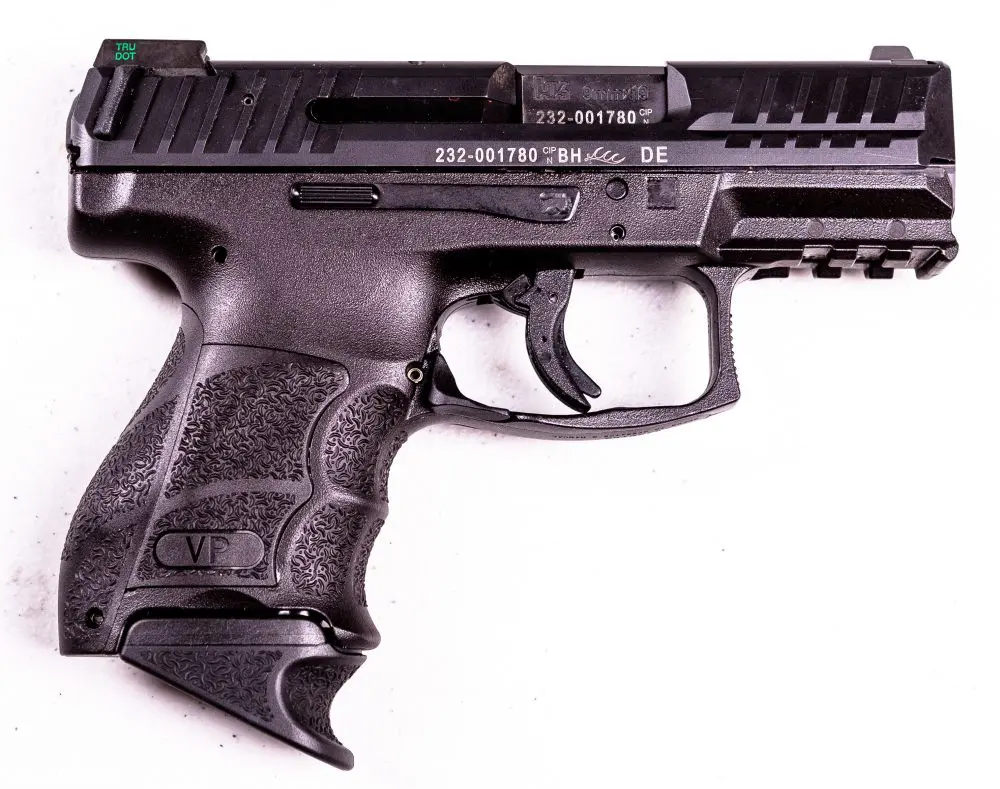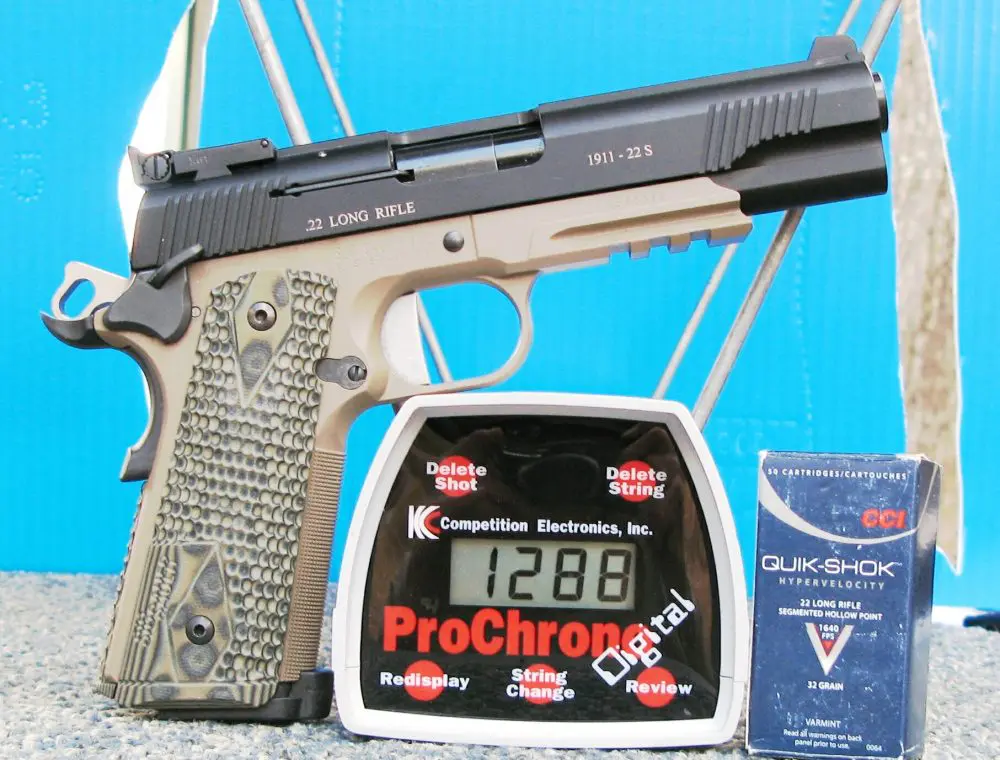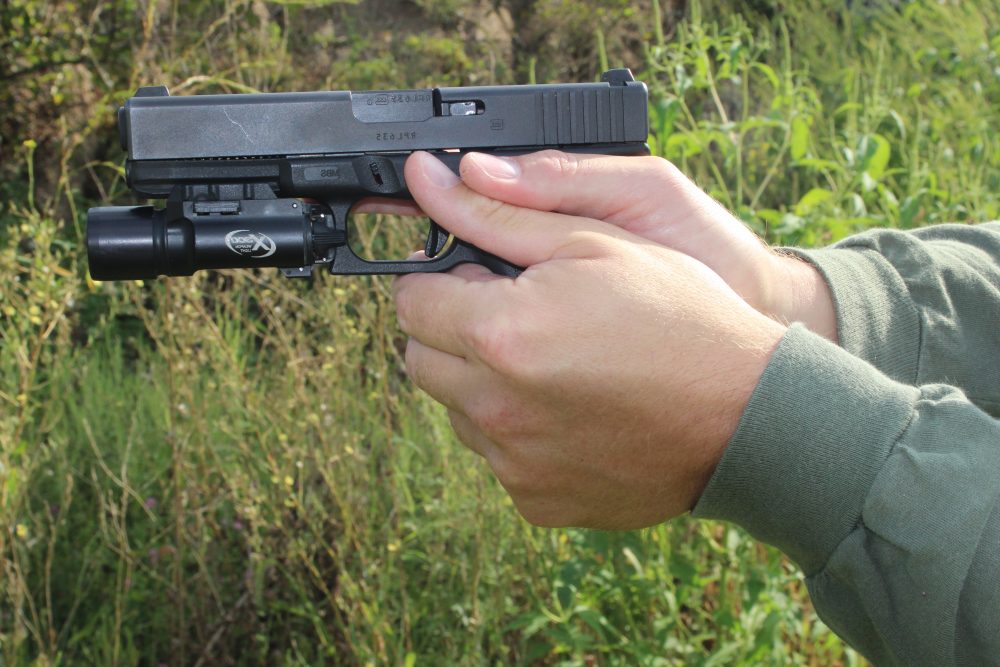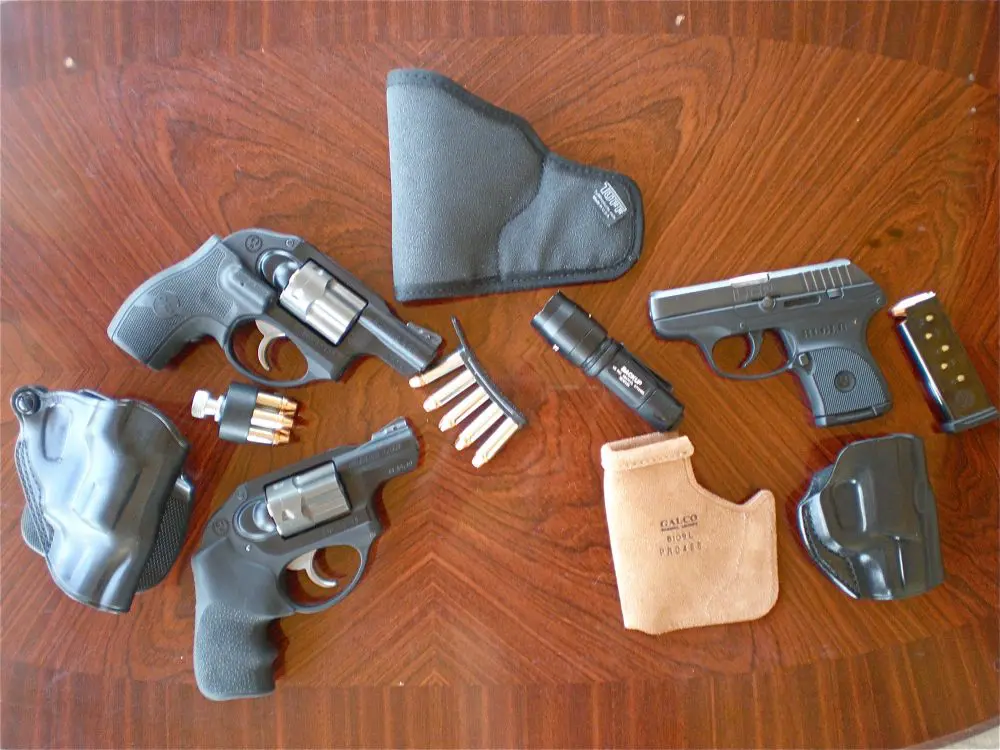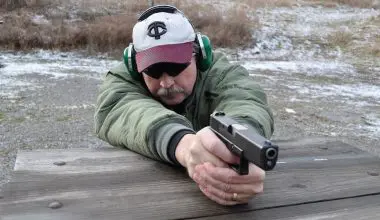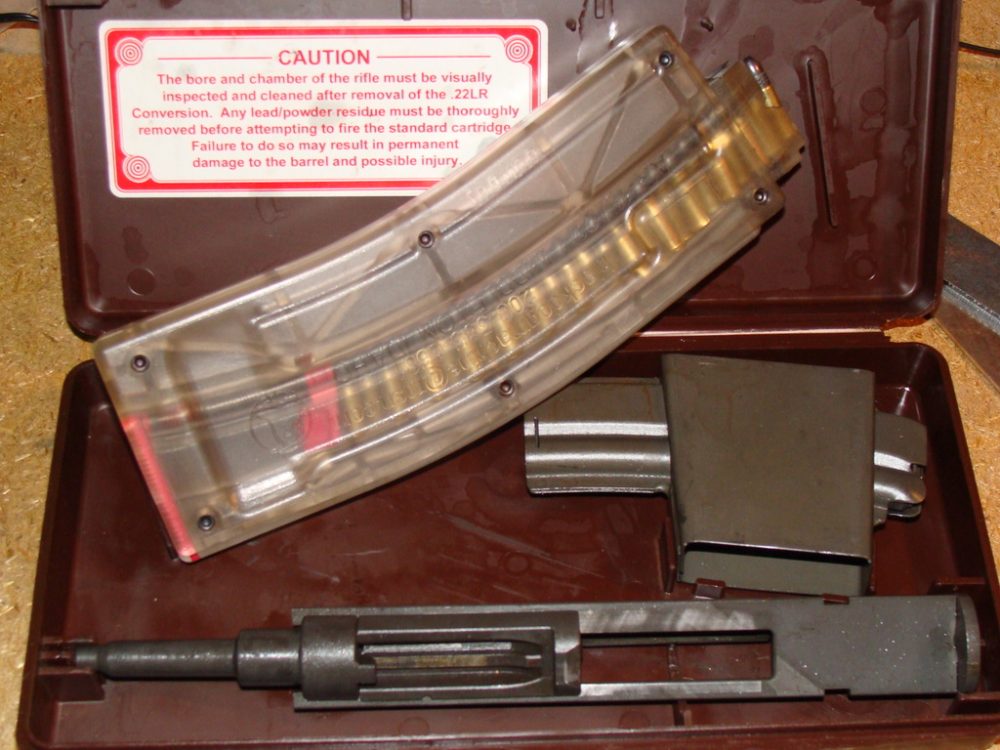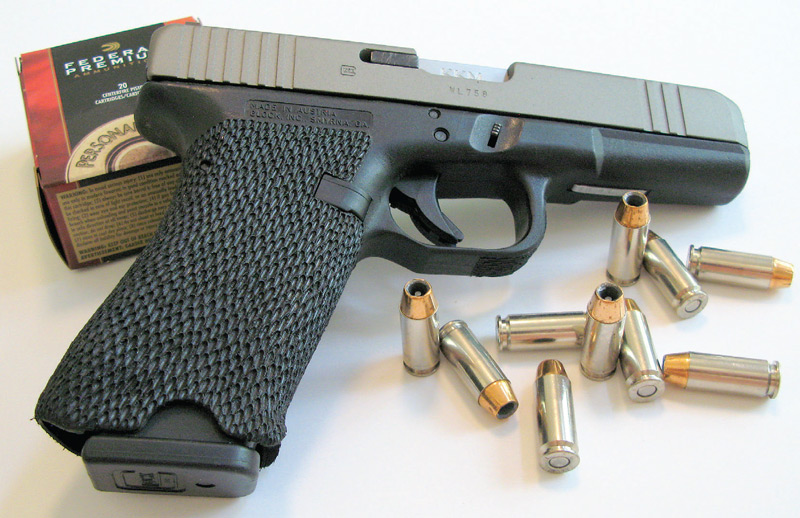
S.W.A.T. readers are well acquainted with the cottage industries that arose to provide custom services for the steel 1911s and FN Browning Hi-Powers that were the dominant choices of serious shooters.
Out of the box, they generally required some work to bring them up to their full potential as personal defense weapons or for competition. Gunsmiths who were the most adept at merging functionality with beauty were—and still are—in high demand and have managed to make a pretty good living through the application of their special skills.
The customization of 1911s and clones has not reached its zenith, but newer gunsmiths, as well as some veteran gun plumbers, have shifted their attention and imagination to the growing flock of polymer-based handguns. And much to some manufacturers’ chagrin, their “perfect” product has been improved upon a countless number of times.
This has been deemed insulting in some gun houses, but I believe the attention and subsequent demand have vaulted some of these firearms into the esteemed club of more traditionally made guns that are considered the most desirable by the shooting public.
Table of Contents
NOBLE BUSINESS INSPIRED BY NOBLE WARRIORS
The Knights Templar are remembered for their fighting prowess, loyalty, bravery, sacrifice, piety, and mystique during the Crusades. Bob Meszaros, owner of Templar Custom Arms (TCA) and respected long and short gun artisan, chose the name Templar because he is a student of the Crusades and wanted a symbol for his business and customized firearms that reflected a true warrior caste that resorted to force for the most noble and just reasons.
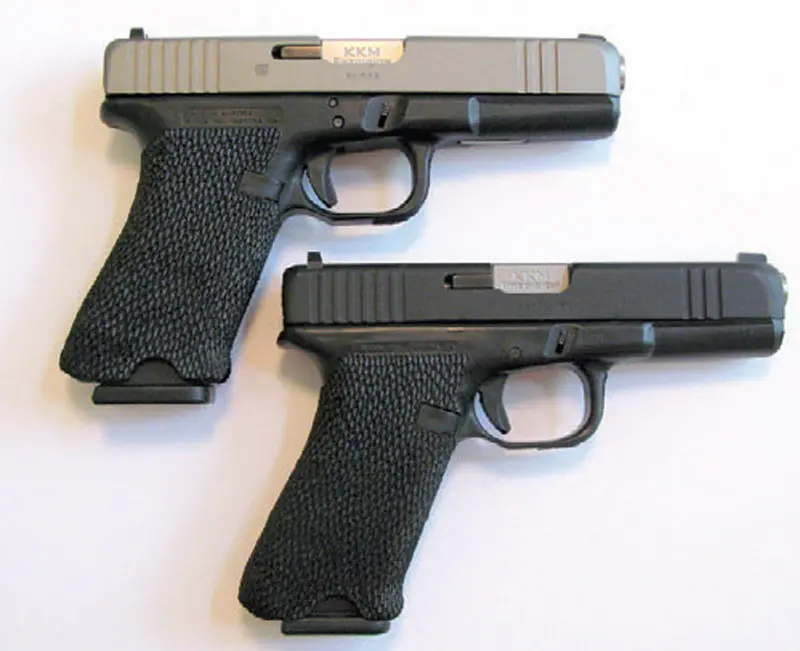
Meszaros also approaches his work, particularly on Glock pistols, as the armorers of Templar knights did when they provided them with the finest armor, broadswords, lances, and other impact weapons that helped them prosecute the 12th and 13th century Christian-Islamic wars.
Bob has teamed up with a modern warrior who approached his work as a police officer, law enforcement author and now trainer with the same dedication that the knights had to their causes. Former Lieutenant Dave Spaulding, ILEETA and Law Officer Magazine 2010 Trainer of the Year, is well known to readers of firearms magazines. Dave and I have mutual interests and he introduced me to Bob.
TIRED GLOCKS
I happened to have two extensively shot but serviceable Generation 1 Glocks that were prime candidates for makeovers. My G17 was the Three Star model and had accompanied me on gigs on three continents. (A triple star gun was found to be above average in accuracy by the factory and set aside. They were then packaged with a Three Star logo affixed to the case.)
I acquired my G20 from the very first FBI HRT trials, when agents were evaluating a custom gunmaker’s high-dollar 1911 in 10mm, not .45 ACP, which is what they settled on later. We were shooting groups from the prone position at 50 yards. When we checked the targets, my G20’s group was the size of my hand and as good as costly match-tuned pistols.
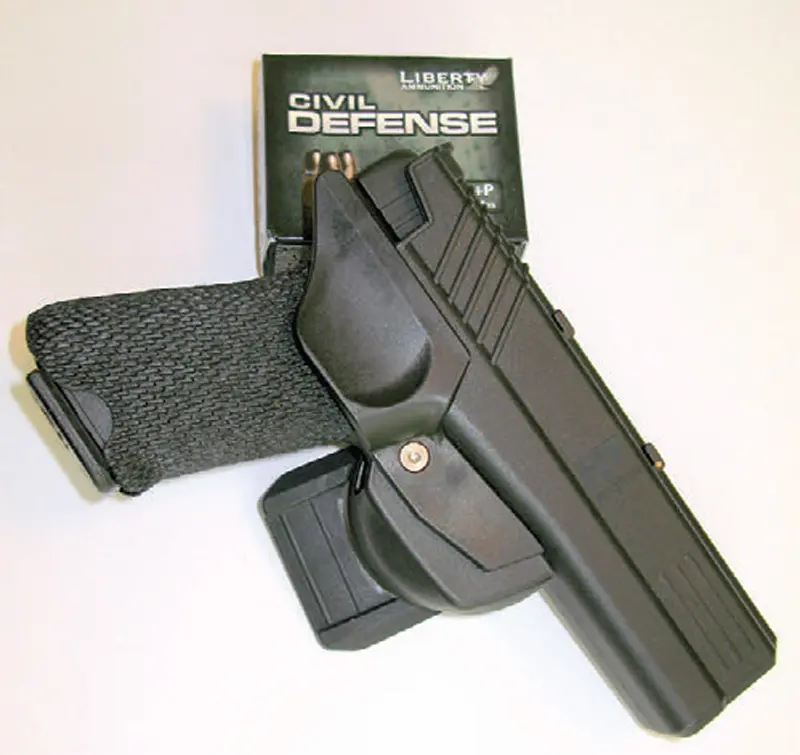
Glocks were still a dirty word in the FBI at that time and considered “unsafe” by our firearms leadership, in spite of co-located DEA issuing the G17 without reservation to its new agents.
With its single trigger, good accuracy, and payload of 16 rounds, the G20 made eminent sense to me. I had to have this superior fighting pistol, and both handguns have been with me for the last 30 years. The FBI overcame its prejudice and eventually followed DEA’s suit. It now issues G22 and 23 pistols, which have also been acquired by FBI HRT to a fair degree. (HRT still issues Springfield Armory 1911s, but the agent operator has the option of carrying the Glock.)
KKM PRECISION BARRELS
In spite of some catastrophic failure problems wrongly or rightly attributed by some to Glock barrels not having fully supported chambers, Glock barrels generally are very good performers. But there are picky individuals like myself who “seek the edge” (my company’s motto) and look for anything that might give me an advantage in combat, no matter how small.
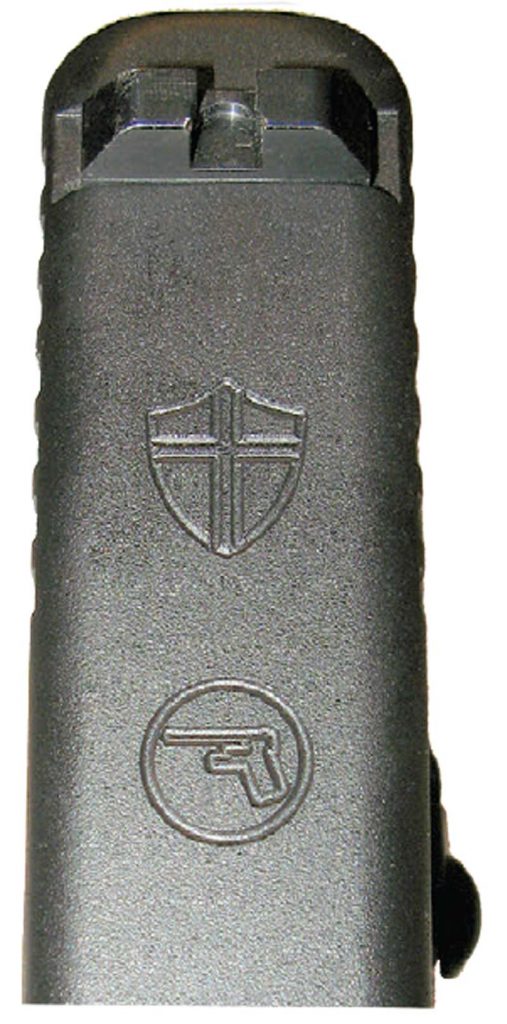
Periodically, I shoot with federal agents from an agency with an overseas charter. To a man, they swear by KKM Precision barrels, and all their issue Glocks have them. They want to be able to shoot all types of domestic and foreign 9x19mm garbage ammunition without drama and not be maintenance dependent. In some Glocks, the tighter-fitting KKM barrels are exceptionally accurate, and properly reloaded ammunition (including lead bullets) can be digested without concern.
KKM barrels are made from 416 R Stainless steel, have fully supported chambers, and are button rifled. This method produces a uniform mirror-like finish throughout the barrel, and bore diameters are more accurate than those produced by other methods of rifling. These barrels are vacuum tempered to 45 RC and Multi-Axis CNC machined to obtain superior dimensional tolerances over factory barrels. The match-grade chambers are cut to exacting SAAMI specifications. To properly embellish Templar’s efforts, I contacted KKM. Company principals located some Generation 1 replacement barrels and kindly contributed them to the project.
Both barrels fit the Templar customized pieces but were noticeably tighter and, although the G17 KKM barrel shared the same four-ounce weight as the original Glock barrel, it required some juggling to seat.
TEMPLAR HANDGUN COMBATIVE PACKAGE
Bob transformed both pistols into Dave’s vision and Templar’s proprietary “Handgun Combative Package.” This is not a competition upgrade but is designed to provide professional gunmen and self-defenseminded citizens with a weapon that will not only help them survive the stress of personal combat and win, but also reduce the risks of negligent discharges.
Treatments to both guns were similar, but the old 17’s slide received a dark black buff Cerakote finish and the ancient 20’s was enhanced with a cloak of matte stainless Cerakote. Starting with the slides, the following changes were made:
Externally, all edges were melted and rounded to reduce covering garment wear and protect the hands from abrasions during fast refunctioning drills. This included ejection ports.
The recoil plate was stippled to act as a forward slide assist in seating the slide should it not go fully into battery.
Three forward slide-cocking or press-check serrations were added to port and starboard surfaces.
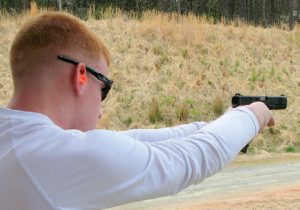
A set of luminous Ameriglo CAP (Combative Application Pistol) steel low-profile sights top both slides. The 20’s are a red/orange bar dot arrangement and the 17’s are similar but with yellow highlighting. Bob advises that after brief exposure to light, the sights will exhibit luminous visibility for at least 45 minutes, and the dovetailed rear aperture can be drifted for lateral strike corrections.
Both factory extractors were retained, but CAP “bullet” slide stop/releases, also designed by Dave, were incorporated into the modifications to replace the flat factory control. These controls are inconspicuous and unlikely to be inadvertently thumbed during recoil, but hard to miss when dropping the slide on a fresh magazine.
Both slides had the Templar shield engraved in their dorsal surfaces, and the 17 was also embellished top side with Dave’s “Handgun Combatives” logo.
The polymer receivers were altered in the following manner:
- Grip angles were reduced to replicate Heckler & Koch grip angles.
- Grips were laboriously hand stippled 360 degrees.
- Magazine well was opened and polished.
- Lateral manual magazine removal cuts were added.
- Enlarged Glock competition magazine releases were installed.
- Trigger guards were undercut, rounded, stippled, and opened for better finger clearance.
- Trigger weights were brought to 5.5 pounds with reduced reset travel.
- As a result of the slide melting, trigger guard rounding, and grip reductions, the Templar Glock 17 shed 4.02 ounces and the 20 3.81 ounces without magazines.
HOW DO THEY SHOOT?
I took both pistols to the Annual FBI HRT Wounded Warrior Day. The FBI Academy, retired agents and HRT operators host recovering Soldiers, Sailors, Airmen and Marines from Walter Reed National Military Medical Center in Bethesda, Maryland.
After touring the facilities, they hit the ranges to shoot ultramodern as well as period weaponry. Thompson submachine guns informally compete with HK MP5 10mm submachine guns, and precision bolt guns whack distant AR 500 targets alongside semiautomatic SPRs.
The unconventional HK MP7 A1 made its debut, and its negligible recoil and bullet hose cyclic rate of fire were big hits with the troops. Steel and polymer pistols also shared ranges, and it was difficult to tell if the warriors favored one type of pistol over the other, because all hands came away from both lines with huge smiles after spanking some steel with expert HRT coaching.
Empathy, understanding and bonds were quickly established between the agents and young soldiers, since several of the agents had been wounded during previous military or current law enforcement careers.
Several operators and a few wounded warriors familiarization fired the Templars and liked the aggressive grip stippling and sights in addition to their pleasing profiles. Conversely, it was interesting to observe the personal modifications operators have incorporated into their Glocks to make them more end-user friendly.

Before rubber grips were made commercially, old timers improvised by using rubber bicycle inner tubes to create “Glock Socks” to enhance the smooth grip surfaces of the early models. Well, they’re back and a number of agents had their pistols’ grips augmented by a strip of inner tube, which in some cases had objects inserted under them to create palm swells and aftermarket beavertails.
Disconnected pressure pads for white lights were also slipped under the rubber to act as a brace for the fingers of the dominant hand. This eliminated the need or practice of digging the fingers into the support hand’s palm when firming up a two-handed grip. Some bore well-worn evidence of terrainmatching color coatings that were acquired as a result of overseas combat zone deployments.
Winchester Ranger 9x19mm flatnose 147-grain and Federal 180-grain 10mm peppered steel silhouettes and falling plates, along with punching paper with boring regularity. No matter who shot the pistols, neither choked.
ACCURACY AND VELOCITY
The early KKM G17 and G20 had drop-in barrels with a 1:20 twist. This relatively slow twist sent Speer LEII 147-grain JHP (the new FBI caliber and load) into a 1.84-inch five-round cluster at 25 yards. High velocity for this bullet was 975.1 feet-per-second (fps). Conversely, it appears that lightweight, higher-velocity loads work best in the old KKM 10mm barrels.
Double Tap’s 135-grain 10mm Nosler JHP vectored into a 0.655-inch group from a handheld rest at 75 feet, at an individual high velocity of 1,522 fps and 694 foot-pounds of kinetic energy when launched from its 4.60-inch tube. The new grip angle and polymer frame tamed the hot round’s heavy recoil and the CAP sights stayed put.
CONCLUSIONS
Good guns are like good friends, and you want to keep them around forever. Like friends, they age and may not perform at their previous level. While humans can be enhanced with good training, proper diet and supplements, complete overhauls are at best temporary in nature.
On the other hand, guns can not only be upgraded but also transformed into the grand level of gunfighter weaponry, and that is what Templar can do to your favorite and most faithful firearm.
